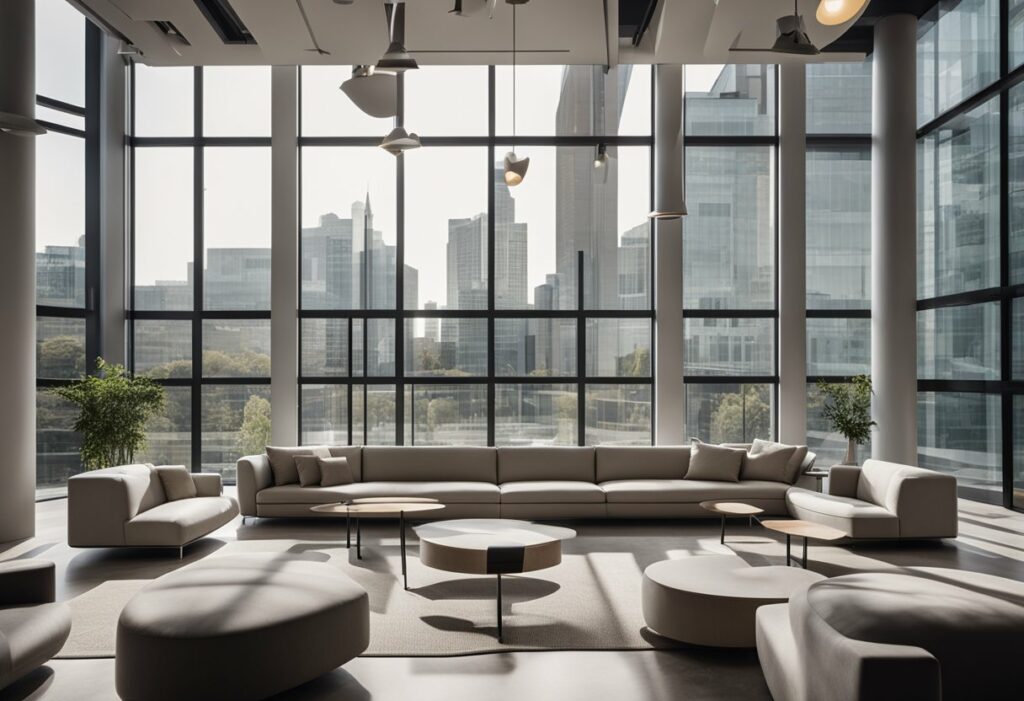Commercial Design Interiors: Transforming Workspaces for a Better Future
Are you looking to create a commercial space that is both functional and aesthetically pleasing? If so, then you’re in the right place. Commercial design interiors is a field that combines creativity and practicality to produce spaces that are both beautiful and functional.
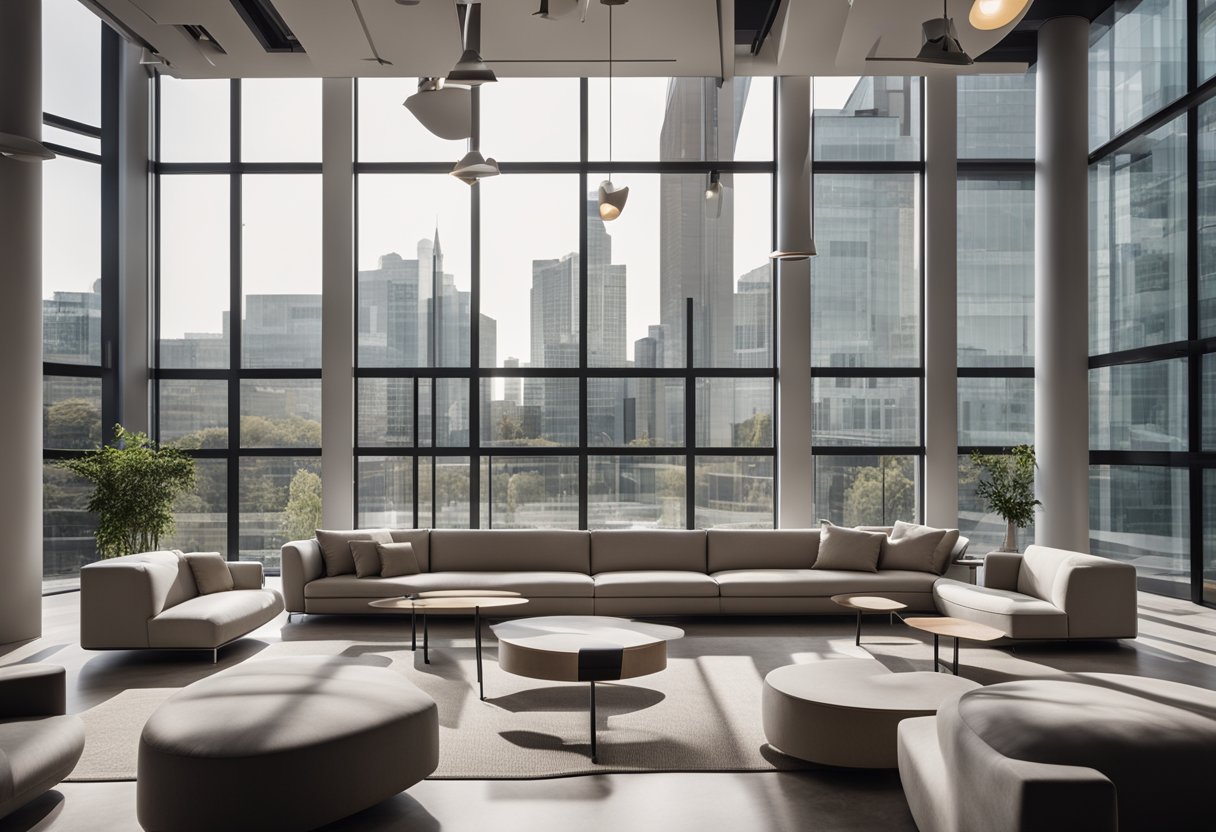
Interior design is a crucial aspect of any commercial space, whether it’s an office, retail store, or restaurant. A well-designed interior can help to create a welcoming atmosphere that encourages customers to stay longer and spend more money. Commercial interior design takes things a step further by considering the specific needs of the business and its customers. By conceptualising commercial spaces with a focus on the end-user, designers can create spaces that are not only visually appealing but also functional and practical.
Executing design strategies is a complex process that requires a great deal of skill and expertise. From selecting the right materials and colours to designing the layout and choosing the right lighting, every aspect of commercial interior design must be carefully considered to ensure that the final result is both beautiful and functional. With the help of an experienced commercial interior designer, you can create a space that meets your specific needs and exceeds your expectations.
Key Takeaways
- Commercial design interiors is a field that combines creativity and practicality to produce spaces that are both beautiful and functional.
- A well-designed interior can help to create a welcoming atmosphere that encourages customers to stay longer and spend more money.
- By conceptualising commercial spaces with a focus on the end-user and executing design strategies with expertise, you can create a space that meets your specific needs and exceeds your expectations.
Conceptualising Commercial Spaces
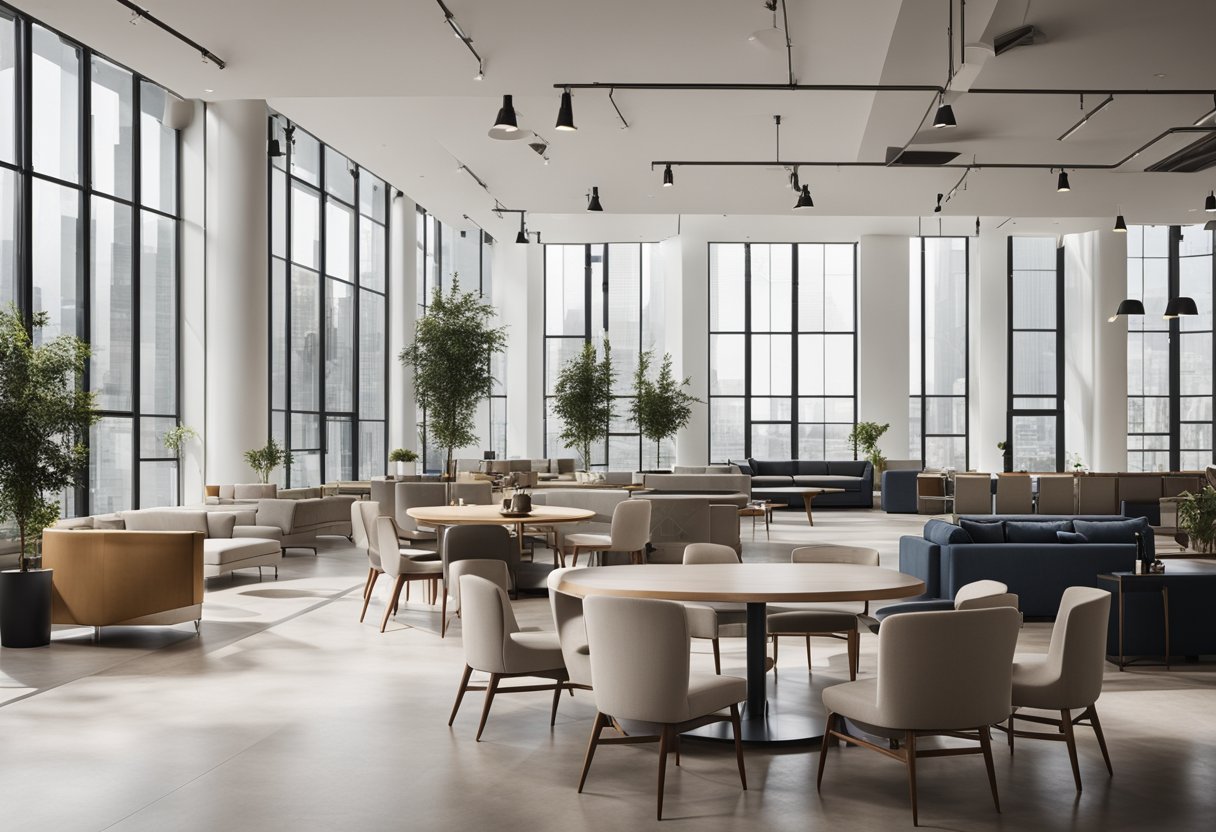
Designing a commercial space is an exciting opportunity to create a functional and aesthetically pleasing environment that meets the unique requirements of your clients. To achieve this, you will need to understand their vision, incorporate their brand identity, and balance aesthetics and functionality.
Understanding Client Visions
To create a commercial space that meets your client’s requirements, you need to understand their vision. This includes their business goals, target audience, and the overall image they want to portray. By understanding their vision, you can create a space that not only meets their functional needs but also reflects their brand identity.
Incorporating Brand Identity
Brand identity is an essential aspect of commercial design. It represents the values, personality, and overall image of the brand. By incorporating brand identity into the design of the commercial space, you can create a cohesive and consistent experience for customers. This includes using the brand’s colours, typography, and other visual elements throughout the space.
Balancing Aesthetics and Functionality
Aesthetics and functionality are equally important in commercial design. Aesthetics create a visually appealing environment that engages customers, while functionality ensures that the space meets the needs of the business. To strike a balance between aesthetics and functionality, you need to consider the space’s layout, lighting, and furniture.
To summarise, conceptualising a commercial space involves understanding your client’s vision, incorporating their brand identity, and balancing aesthetics and functionality. By doing so, you can create a space that meets their unique requirements and reflects their brand image.
Executing Design Strategies
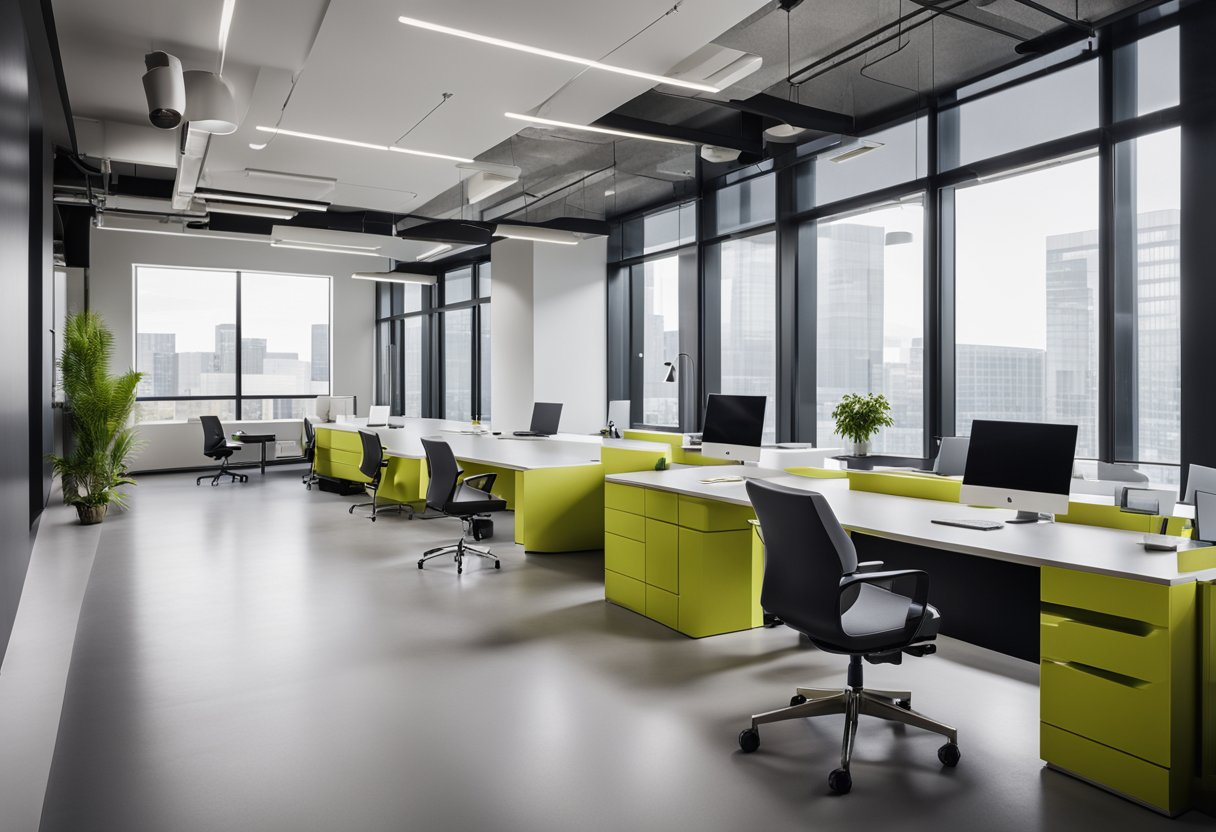
When it comes to commercial interior design solutions, executing design strategies is a crucial step. Here are some tips to help you optimise your project management essentials and enhance your commercial interiors with lighting and technology while adhering to your budget and timelines.
Project Management Essentials
Project management is a critical component of executing design strategies. To ensure that your commercial interior design project is delivered on time, it’s essential to have a solid project plan in place. This plan should take into account all aspects of the project, including project planning, workplace strategy, and the commercial interior design process. You need to have a clear understanding of your project goals, budget, and timelines. Also, you should have a team of experts who can provide you with the best commercial interior design solutions.
Optimising for Productivity and Efficiency
Optimising for productivity and efficiency is crucial to ensure that your commercial interior design project is successful. You need to design your space to maximise productivity and efficiency. This can be achieved by creating an environment that is conducive to work and by ensuring that the space is organised and clutter-free. You should also consider the layout of the space and how it affects the flow of work. By optimising your commercial interiors for productivity and efficiency, you can help your team work more efficiently and effectively.
Adhering to Budget and Timelines
Adhering to your budget and timelines is essential when executing design strategies. You need to ensure that your project is completed within your budget and on time. One way to achieve this is by creating a detailed project plan that outlines all the costs and timelines associated with the project. You should also work with a team of experts who can provide you with the best commercial interior design solutions that fit within your budget and timelines.
Enhancing Commercial Interiors with Lighting and Technology
Enhancing your commercial interiors with lighting and technology can help you create a space that is both functional and aesthetically pleasing. Lighting can be used to create a welcoming environment, highlight specific areas of the space, and improve the mood of your team. Technology can be used to improve communication, collaboration, and productivity. By incorporating these elements into your commercial interior design solutions, you can create a space that is both efficient and enjoyable to work in.
Frequently Asked Questions
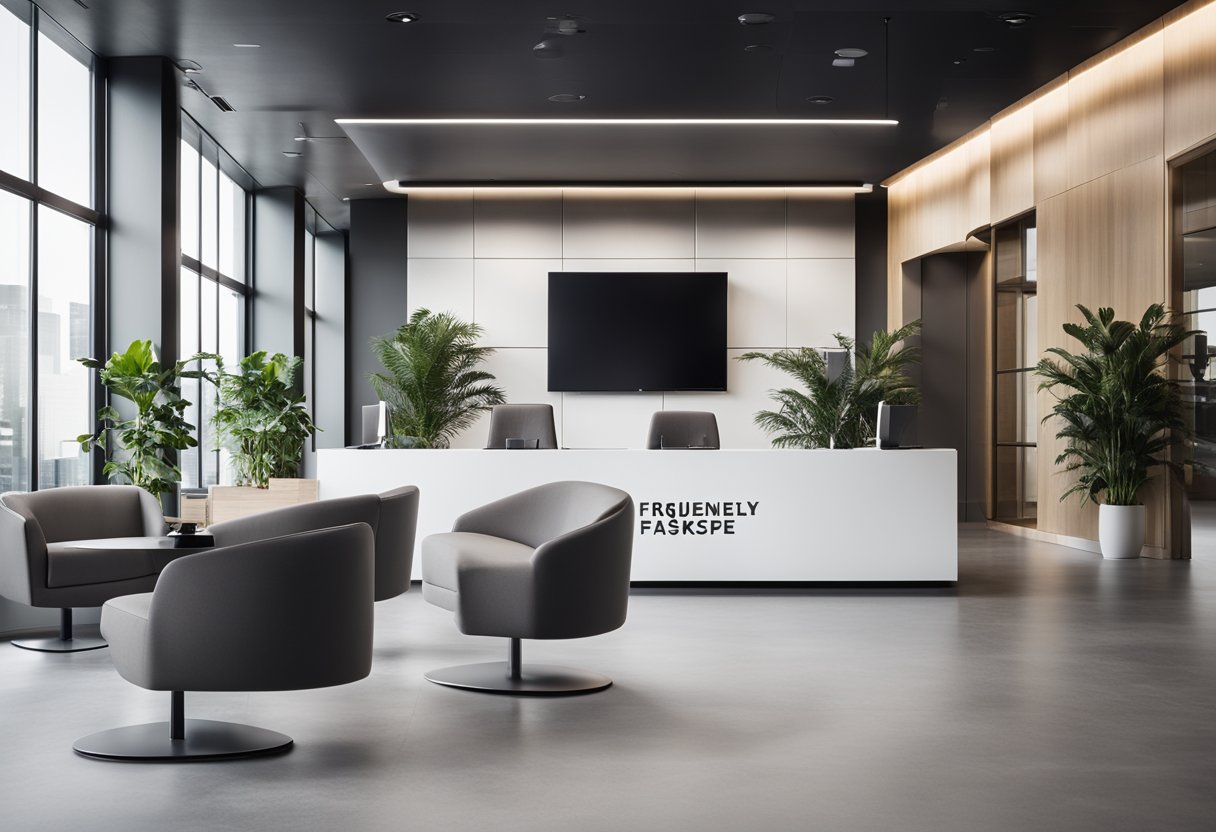
What are the latest trends in commercial interior design?
Commercial interior design trends are constantly evolving, but some of the latest include the use of natural materials such as wood and stone, incorporating biophilic design elements, and creating flexible spaces that can be easily adapted to changing needs. Minimalist designs with clean lines and neutral colours are also popular.
How can effective design impact business productivity in office spaces?
The design of an office space can have a significant impact on the productivity of employees. Effective design can improve the flow of communication, promote collaboration and creativity, and create a comfortable and inspiring working environment. Features such as natural light, ergonomic furniture, and well-designed acoustics can also contribute to a more productive workplace.
What are the key elements to consider when designing a retail environment?
When designing a retail environment, it is important to consider the overall customer experience. This includes factors such as lighting, layout, and product placement, as well as the use of technology such as digital displays and interactive features. Creating a memorable and engaging shopping experience is key to attracting and retaining customers.
What role does sustainability play in modern commercial interiors?
Sustainability is becoming increasingly important in modern commercial interiors. Designers are incorporating eco-friendly materials, energy-efficient lighting, and sustainable practices such as recycling and waste reduction. Creating sustainable interiors not only benefits the environment but can also improve the health and well-being of occupants.
How do designers personalise spaces within hospitality interiors?
Designers can personalise hospitality interiors by incorporating unique features such as custom artwork, bespoke furniture, and locally sourced materials. Creating a sense of place and reflecting the local culture can help to create a memorable and authentic experience for guests.
What are the challenges faced when designing for diverse commercial settings?
Designing for diverse commercial settings can present a range of challenges, such as accommodating different user needs and preferences, working within budget constraints, and complying with regulations and safety requirements. Effective communication and collaboration between designers, clients, and stakeholders is key to overcoming these challenges and creating successful commercial interiors.

